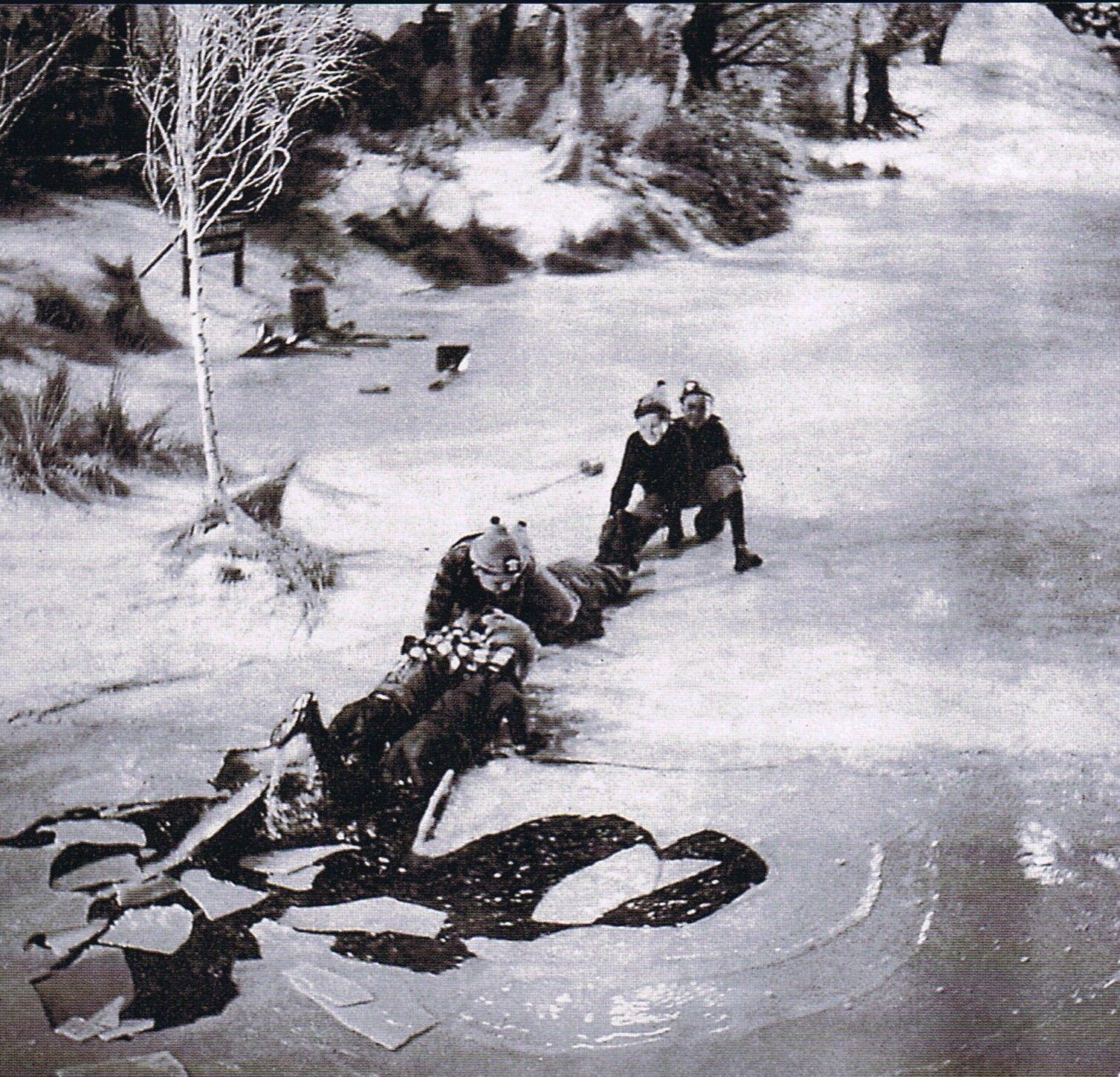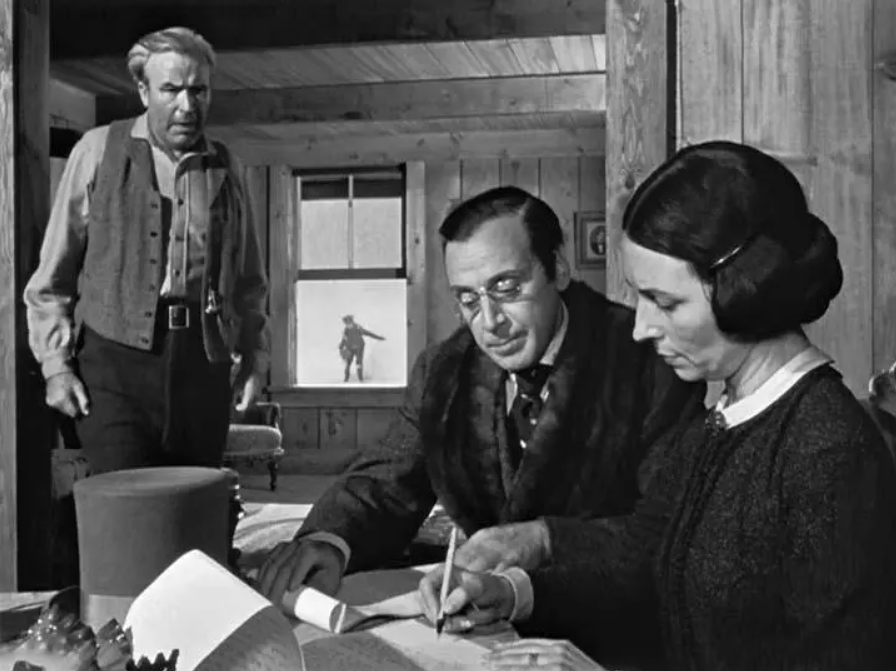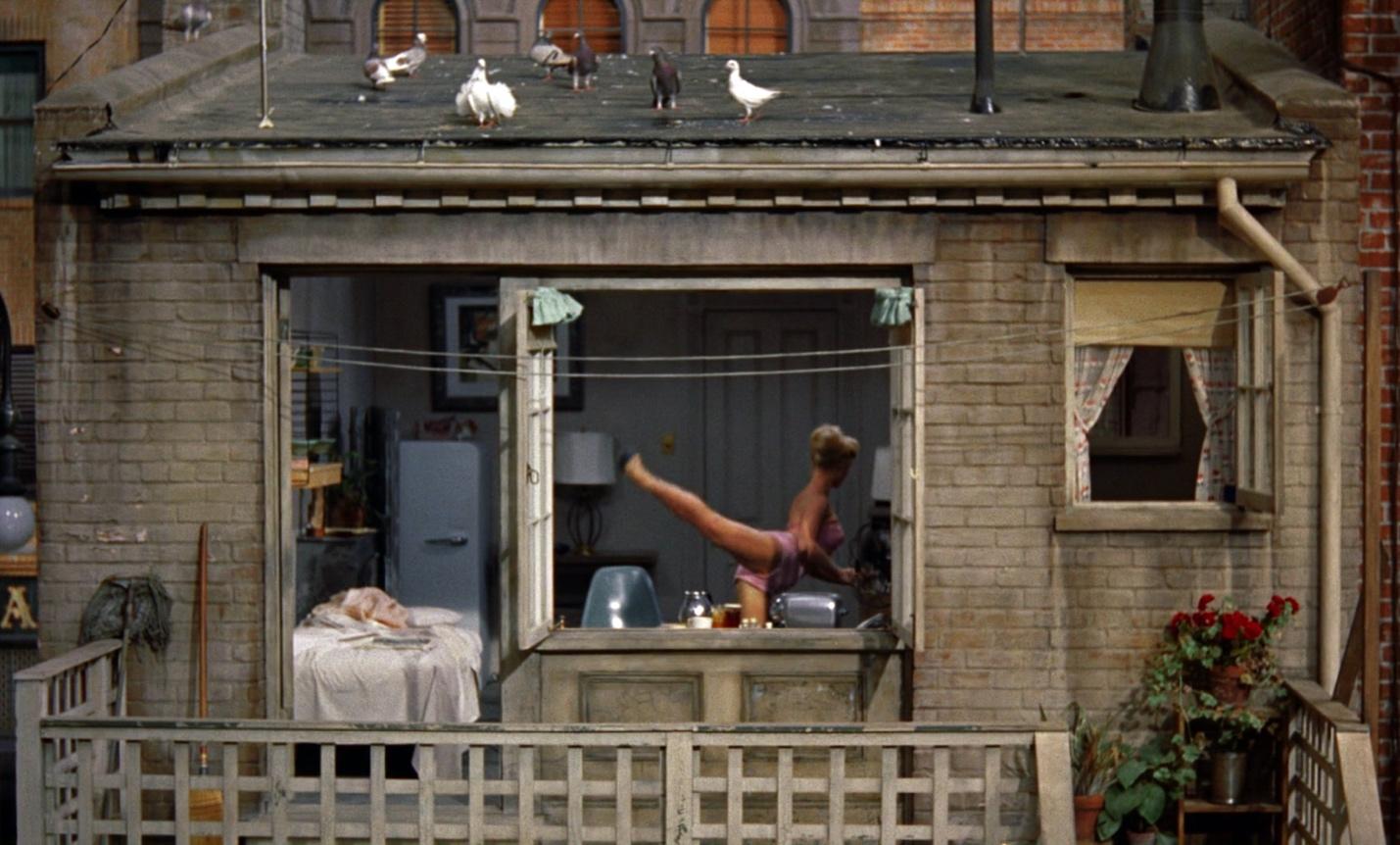Introduction
Film is an evolving medium, one which has developed throughout generations of creators, actors and filmmakers. Ever since the first attempts of producing moving images, individuals have worked to apply cinema in innovative and interesting ways. It is more than a simple way to tell stories, it is also an art form, capable of creating complex emotions and opinions within the viewer. Some films are simply entertaining to watch, others are emotionally gripping, or challenging with their material. The variety of visual presentations, styles, goals and talents is truly impressive. Within the history of this art form, there are a few exceptional and notable films that contributed to years worth of progress. Compared to others, they were able to bring something fresh and new to the table, or present an existing technique at its best. Experiencing such pieces contributes to the enhancement of the viewing experience, and an evolution of filmmaking as a whole. For their importance, certain films are considered classics, necessarily being studied and revisited by scholars and critics alike. Be it pieces that tell unique stories, pioneer various types of presentation, or utilize interesting narrative techniques, many movies can be seen as important movie legacy.
In this work, some of the most well-known and critically acclaimed western movies will be analyzed and discussed. In order to limit the scope of the work, only three movies will be dissected, each of which has had tremendous impact on the development of western cinema. The specific criteria that will be used in this paper is the examination of the film’s formal elements and techniques. Considerations such as editing, camera usage, cuts, angles, points of view and visual effects can be counted. Through analysis and examination of these features, it will be possible to more accurately track the development of film as an artistic medium. Furthermore, this type of analysis is conductive to understanding the modern film industry, and recognizing the emergence of techniques that are nowadays considered commonplace. Namely, such films as Citizen Kane, It’s a Wonderful Life and Rear Window will be discussed. Every one of the three has a distinct style of presentation, tone and focus, brought to life by the mastery of their directors, actors and the rest of the crew. The specific techniques that will be covered in the work include visual effects, scene decoration and background design, editing, shot composition, framing, camera movement and point of view shots.
It’s a Wonderful Life
Editing and Set Design
It’s a Wonderful Life is a 1946 fantasy drama film, directed by Frank Capra, focusing on a man who manages to lose and regain the meaning of his life. Seen as a holiday classic and one of the best movies of all time, this piece is important for the history of the medium. Compared to other films discussed later in the work, Frank Capra’s piece is less notable for its innovative camera work or unique camera movement, instead focusing much more on narrative structure and set design. The story of the movie is told from a non-chronologic perspective, taking different events from the main character’s life and playing them for the audience and characters to see. As a result, there is an emergent need to use different locations, seasons and decorations in succession (Capra, 1947). For example, one of the first scenes of the film takes place on a bridge during what appears to be heavy snow.

This scene is shot and lit in a way that emphasizes the harshness and desperation of George Bailey, who is at his wit’s end. For this reason, snow is introduced into the scene, as a visual metaphor for the turmoil within George’s mind, as well as the severity of his desperation. Real snow is impractical and impossible to control in the context of a film shoot, meaning that the production crew had to create a convincing facsimile of snow, which is also impressive. The texture of the snow and its presence on George’s clothes indicate the passage of time to the audience, and help to maintain a convincing atmosphere. The use of visual effects and props, in this case, is commendable. In another scene, which takes place during the man’s childhood, no signs of heavy snow are present, and the scenery is completely different. When George saves his brother from freezing in a lake, the better visibility and lighting serve to better highlight the action of the moment. For this scene, the crew had to create convincing pieces of ice, as well as a frozen lake. Both of these feats were achieved successfully, giving the audience one of the key scenes of the film and establishing reasons to care for the main character’s fate.

In another scene that takes place during a warmer season, no snow is present, and the surroundings of the characters appear to indicate springtime or summer, meaning that the filmmakers had to deliberately portray different types of weather conditions in order to describe George’s life. This dedication to creating and using different sets/locations is commendable, and creates an illusion of the audience seeing a rounded representation of George’s life, where he is present at different ages and states of being.

As a whole, I think the film’s use of practical effects is notable. While most famous practical effects usually come from films with dolls, animatronics, or elaborate makeup, set design that is made to mimic various locations, or practical effects such as weather are also notable. In most circumstances, filmmakers work with a limited timeframe and budget. Therefore, filming real mist, snow, fog, rain or other types of strong weather is impossible. This film is interesting in its ability to convincingly create a set of varying environmental conditions for each scene and help the audience understand the transition between them.
Citizen Kane
Framing
Citizen Kane, an American drama movie from 1941, has been widely acclaimed and seen as revolutionary in its cinematography and storytelling. When comparing it to many earlier American films, the unique use of camera angles and intentional framing devices appears innovative and inventive. Many of the techniques used in the movie help to enhance its narrative, elevating it from a simple storytelling to an art form.

This shot from Kane’s childhood can be seen as a prominent example of artistic framing. Instead of focusing on one specific plane, the shot places the attention of the viewer on the front, middle, and background at the same time. Each of the planes have their own unique events occurring, telling a story of a boy whose future was signed off when seen together. Charles Kane’s mother is seen at the forefront along with Thatcher, signing documents that would make him the legal guardian of her own son (Welles, 1941). This is seen as the primary action of the scene, and draws most of the focus from the audience. Ms. Kane’s husband is present in the middle plane, and appears much smaller. His presence is undermined by larger figures in the frame, and he stands to the side, emphasizing his hesitancy in the matter. Ultimately, the man is unable to stand his ground or argue for keeping his son, surrendering his power to the individuals on the foreground. Oblivious to all of these events is the future is the future Governor candidate Kane himself, who is happily playing in the snow. His presence is only shown through a little window on a wall, although it appears constantly. He is not an active part of the discussion, and does not get a say in his own fate. However, the presence of the young boy provides something much more important – contrast. The childhood innocence and simplicity of his games is weighed against concerns that will actively shape his life and his future, while Kane remains none the wiser.
Another interesting shot is one when Kane runs for the governor spot.

The audience sees the man with a giant image of himself right behind him, having became much more than a regular person over the course of his life. This shot is extremely memorable, and for a good reason. It encapsulates the monumentality of Charles Kane, and cements him as the story’s biggest enigma. His own notoriety, fame, wealth and status extend farther than the man’s own self, affecting the many individuals around him. While the audience understands that he is far from a perfect man, they cannot help but recognize his position and partially empathize with his circumstances. The camera in this shot films from a downward angle, emphasizing the grandeur of Kane and making him appear as a larger-than-life figure. Similar types of shots appear throughout the film, using angles to the advantage of the filmmaker, helping to illustrate various situations and demonstrate power dynamics. Characters that are insignificant or small are portrayed as such, with their surrounding and other people towering over them. Those in the positions of power, like Kane, on the other hand, are made to appear even bigger than they are. This approach to cinematography allows the camera to serve both as the eyes of the viewer and the servant of the narrative, telling the audience much more than they might notice. Returning to discussing this shot of Kane in particular, I think it works extremely well to display the man at the height of his career, one undeterred by previous struggles and boldly advancing with his life goals through whatever means necessary.
Rear Window
Point of View Shots and Camera Movement
Compared to the other films in this work, the Rear Window provides a considerably different viewing experience, and its use of cinematography, camera movement and point of view shots place the audience in an interesting position. A major emphasis is put on voyeurism, and the practice of watching other people live their lives (Hitchcock, 1954). This is done deliberately, transforming the camera itself from a neutral device of narrative delivery to a tool of surveillance for the watchers. The slow, panning shots and zooms make viewers privy to the more private and intimate moments of the character’s lives, ones that occur not in public, but in the comfort of their own homes. The arguments the movements and every aspect of their performance remains somewhat distant and unassociated with the main character or much of what is happening in the first part of the film’s plot. As a result, the audience is made to feel a certain sense of guilt and unease for invading the “privacy” of character’s lives. This effect is created both when the camera travels freely to showcase the film’s cast, and when it acts as a shorthand for the main character’s gaze.
The male gaze is another prominent tool on display in the film. As a term, it refers to the portrayal and framing of women in media. Particularly, it is noted that in many works of film, female characters are shown as a visual spectacle, objects of sexualization and admiration instead of full-fledged people. This includes the use of specific angles that accentuate features of women, body shots, and a focus on specific parts of the female anatomy. In such cases, the camera takes up a role of an fictitious man, who is observing a woman. The male gaze can also be used to make men appear more powerful, influential or intimidating. Partially reflective of the film’s time, as well as a deliberate artistic choice, the filmmakers use the male gaze to showcase many of their female characters. The character of Georgine Darcy, aptly named Miss Torso, is one primary example of this trend, although far from the only one. The camera oftentimes specifically pans over to her window, in order to showcase the appealing body of the character, and make the viewers see her in a certain light. Such appearances rarely tell the viewer much about Torso as a character, her thoughts, motivations or ideas, instead solely focusing on her appearance.
During his phone conversation, the main character is seen deliberately looking at his neighbor, who is an attractive woman. Through a combination of the character’s face, her movements, and the considerably long shots, the audience is led to focus their attention on the neighbor and perceive her with the same intensity as the main character. The woman herself remains unaware of the audience that sexualizes her and actively watches her every move, making the shot appear both invasive and predatory at the same time.

Conclusion
In conclusion, the movies discussed throughout this work all work to innovate the film genre, bringing new and innovative ways to tell stories to the table. Through clever use of set design, it is possible to mimic a variety of environments and tell stories without tying them to a particular timeframe or season. Lighting and special effects can help filmmakers establish a mood of the scene, highlight the emotions of characters and bring out a reaction from their audience. Use of complicated, in-focus shots, similarly, aids creators in showcasing events without a need for cuts or multiple transitions. As shown by citizen Kane, shots with a defined foreground, middle ground and background can be a valuable tool for setting contrast and storytelling. Similarly, use of varying angles is capable of empowering characters or making them appear more impressive. Alternatively, camerawork that positions itself as following a character’s point of view, or makes audience actively think about their watching experience is also interesting, as it enables viewers to ask important questions about themselves and their lives.
References
Bump, E. (2019). It’s a wonderful life: 5 times George was wonderful (& 5 times he wasn’t). ScreenRant. Web.
Capra, F. (Director). (1947). It’s a wonderful life [Motion Picture]. US: RKO Radio Pictures.
Hellerman, J. (2020). What is deep depth of Field? (Definition & examples). No Film School. Web.
‘It’s a wonderful life’ radio play in Sonoma Nov. 29 and 30. (2016). Sonoma Index-Tribune. Web.
Hitchcock, A. (Director). (1954). Rear Window [Motion picture]. US: Paramount Pictures.
Miller, W. (2013). Young George saves his brother’s life!!! | Wonderful life movie, it’s a wonderful life, what a wonderful life. Pinterest. Web.
N., L. (2020). The movie of our times (And it’s not contagion). Medium. Web.
Nast, C. (n.d.). “Citizen Kane“. The New Yorker. Web.
Welles, O. (Director). (1941). Citizen Kane [Motion picture]. US: RKO Radio Pictures.